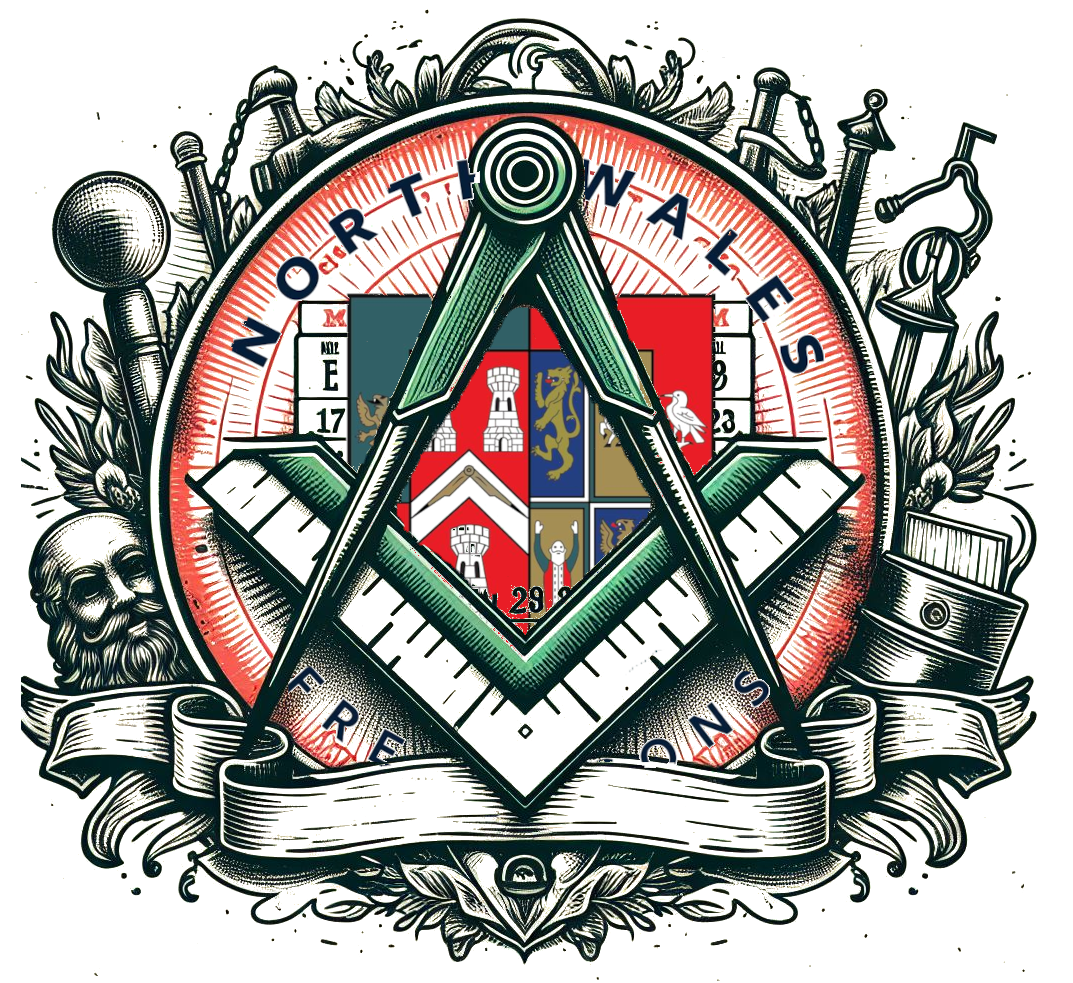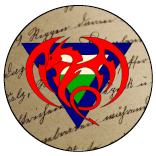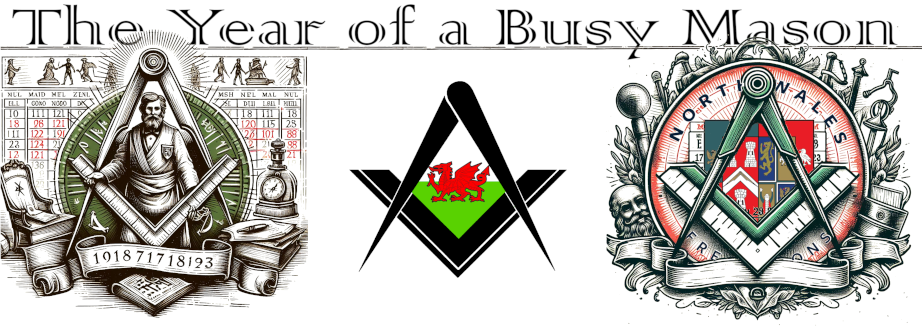This evening I visited Mold Lodge in Mold.
Sometimes fate has a weird fit with the people under her influence. Let my try and explain the strange set of circumstances that led to tonight’s visit to a Ghost.
Wrexhamian Lodge’s newest Master Mason has recently read the interesting book “Masonic Halls of North Wales” by Reverend Cryer, and has a list of Masonic Hall’s that he would love to visit. He happened to mention that Mold Hall was one of the ones he really wanted to see, so I promised to take him one day.
After reading that book, he had started working through the works of Robert Lomas, who according to the MM was sadly no longer with us, due to his death. This came as a shock to me, and Robert when I commiserated with him over his death. Robert did wonder if that meant he no longer had to pay taxes.
Last week, Robert invited me to visit Mold Lodge to see a third degree ceremony, of a candidate that I was there for his first. I of course agreed to attend, and then suggested that I bring Wrexhamian’s latest MM for 3 reasons.
- He can see a third.
- He can visit Mold hall and take it off his bucket list.
- He could meet the ghost of Robert Lomas.
I do sometimes wonder if I should consider therapy.
It was a very enjoyable evening, A great ceremony, a fantastic and entertaining festive board. Mold Lodge really is a friendly place, and I highly recommend everyone to go along for a visit.
Update Count:- Attended/Total
20/22 – Meetings
08/08 – Visits
11/14 – Rehearsals
07/09 – Committee
04/04 – AGM’s
01/01 – Social
Masonic Halls – 12


Freemasonry (Craft)
One of the oldest social and charitable organisations in the world, Freemasonry's roots lie in the traditions of the medieval stonemasons who built our cathedrals and castles.
It is here that a number of the famous elements of Freemasonry find their roots. In the medieval era, stonemasons often travelled around to find work in different locations. To demonstrate their level of qualification, they would use grips, words and signs in order to distinguish themselves from unqualified builders.
Freemasonry uses building analogies to teach members how to lead productive lives that benefit the communities that they live in. In the medieval era, stonemasons wore aprons and gloves to protect themselves while working on shaping rough pieces of stone, but in today’s society Freemasons meet to build friendships and communities rather than cathedrals and castles.

